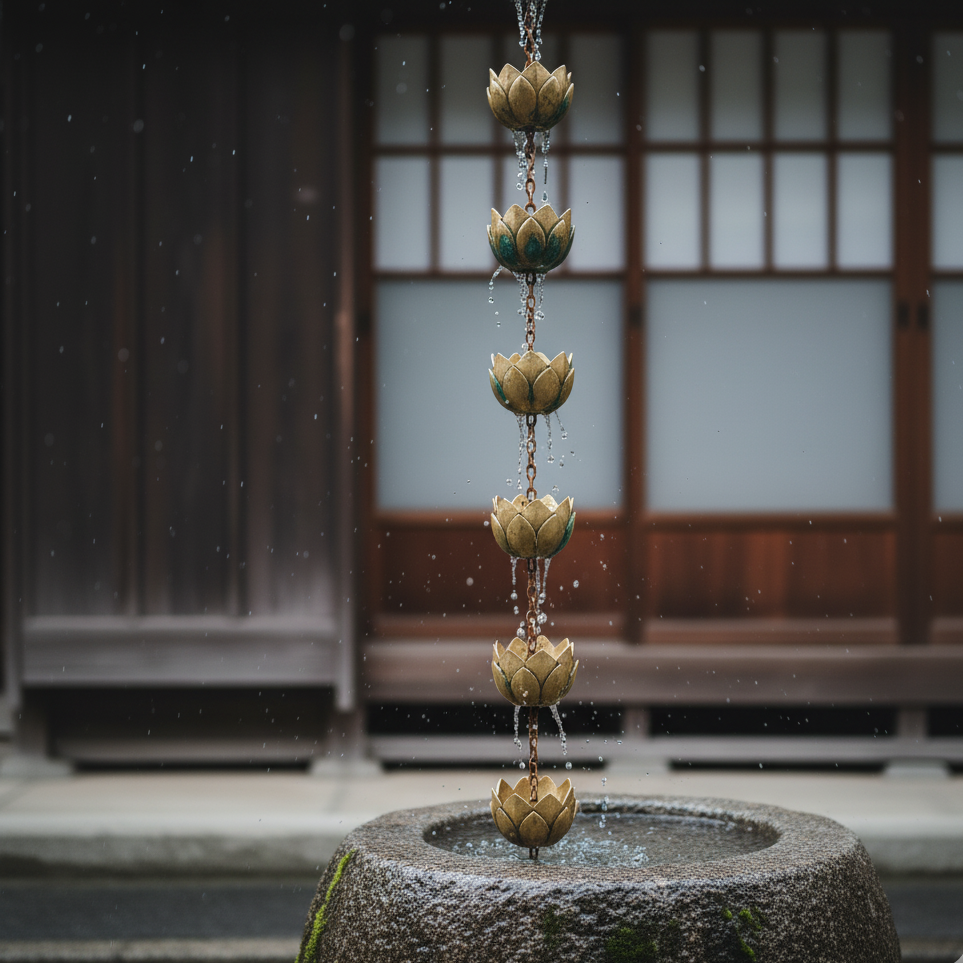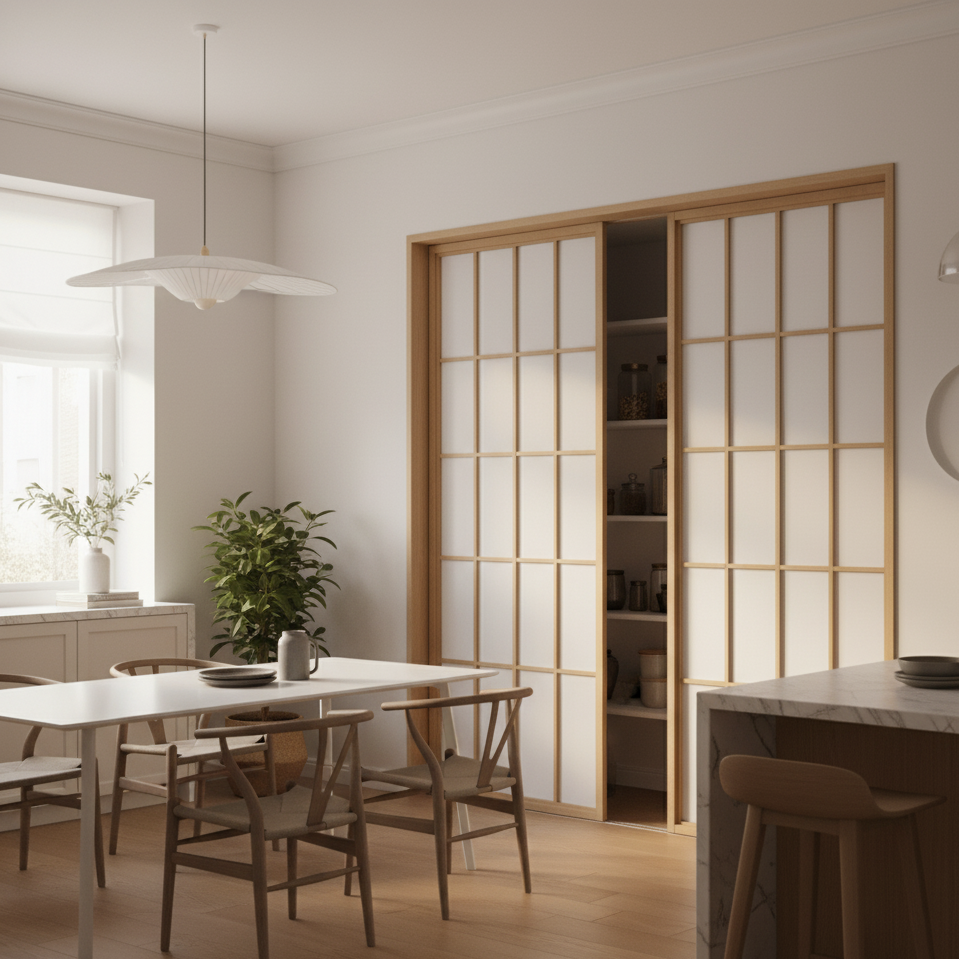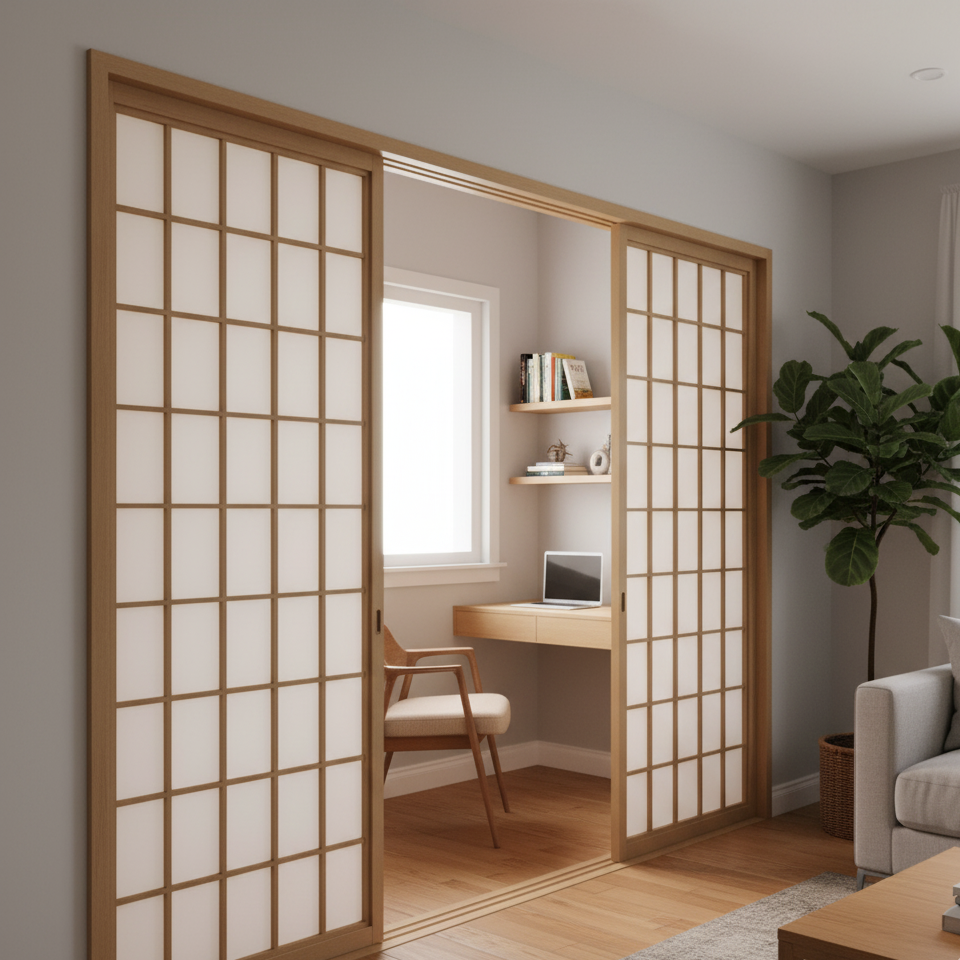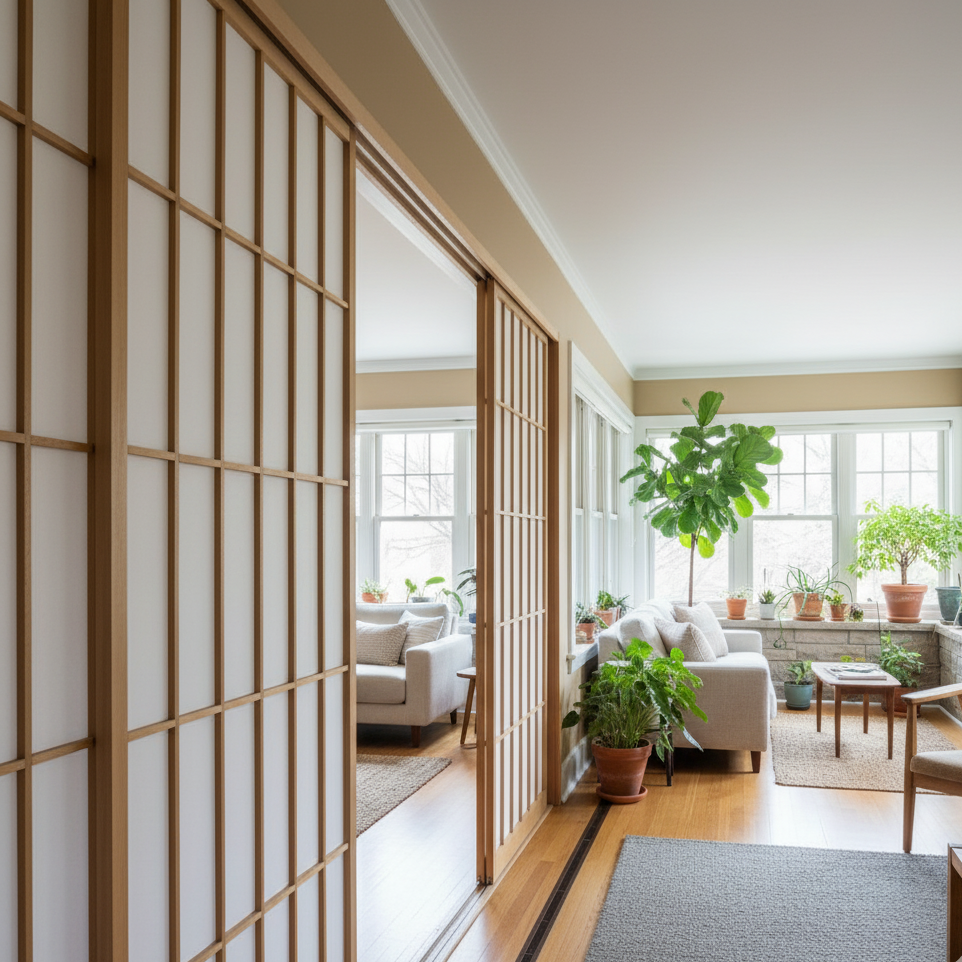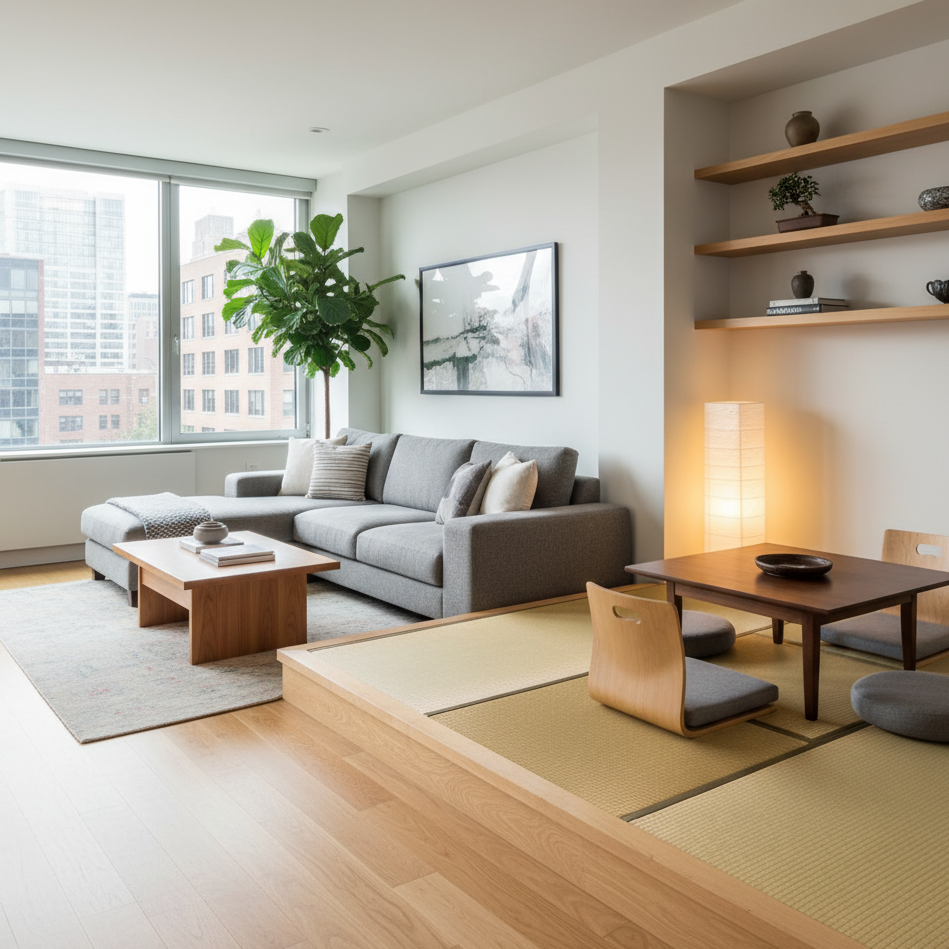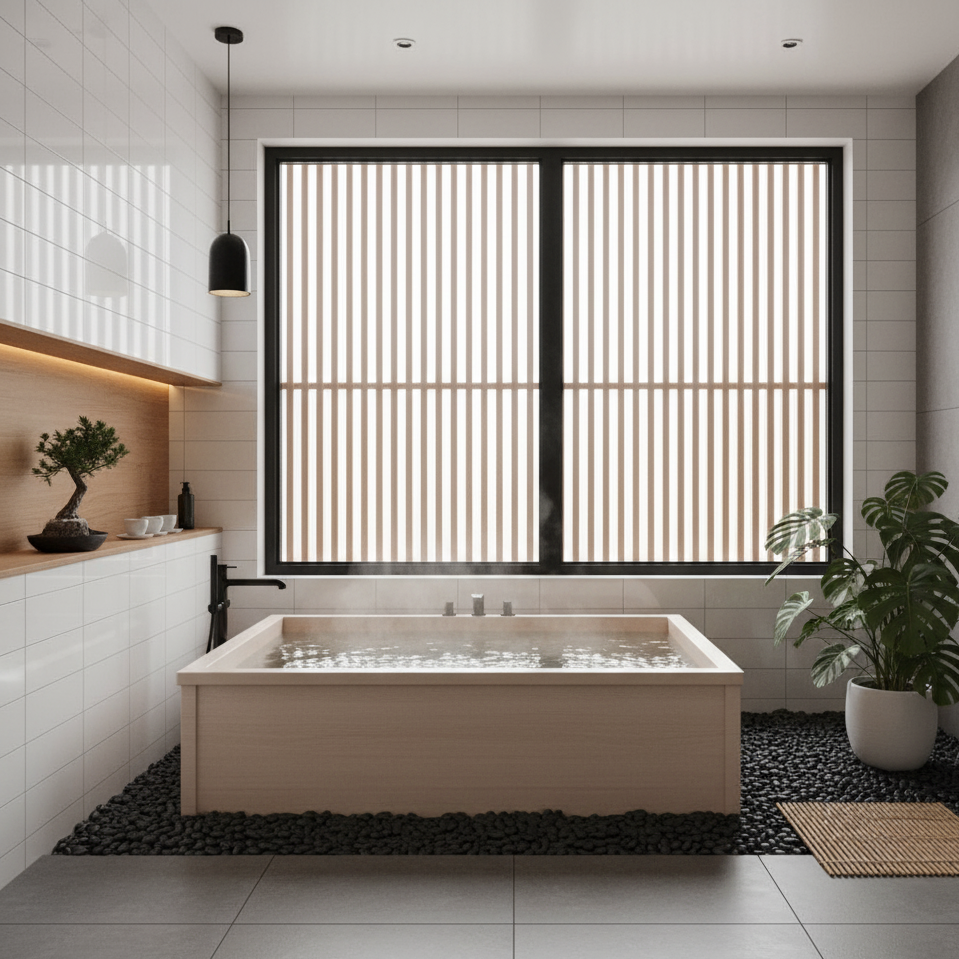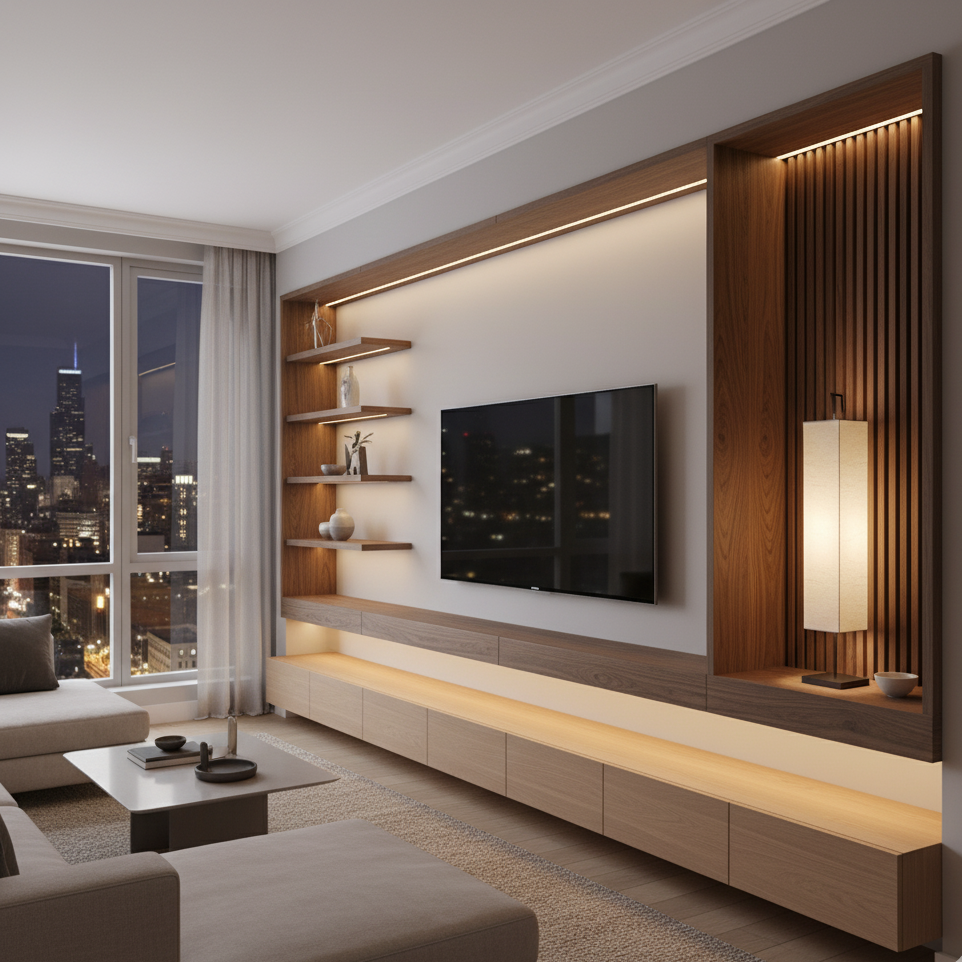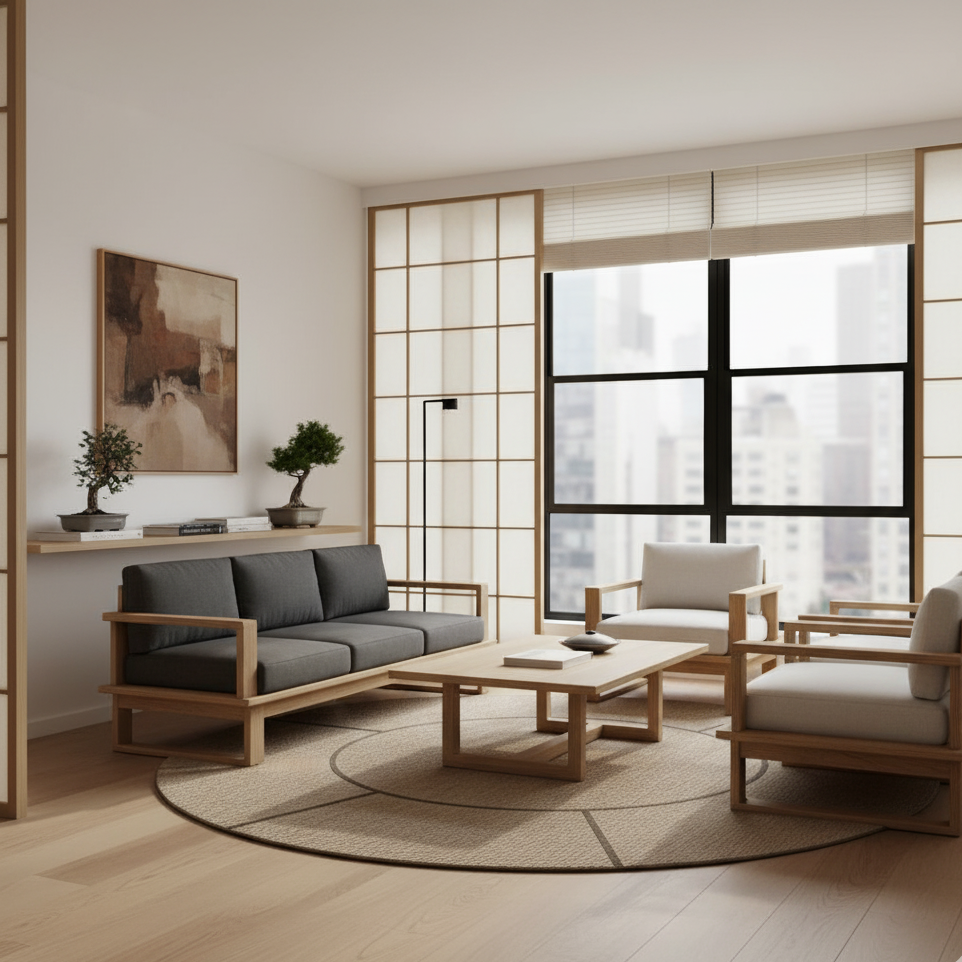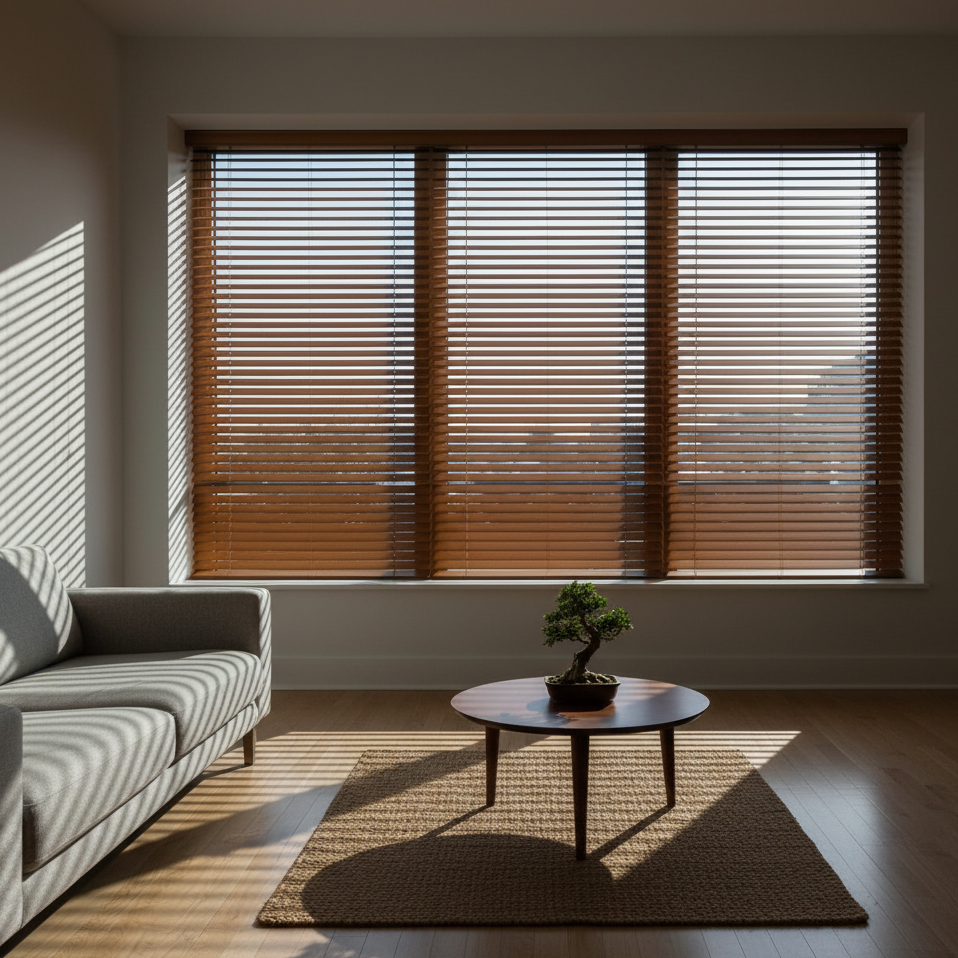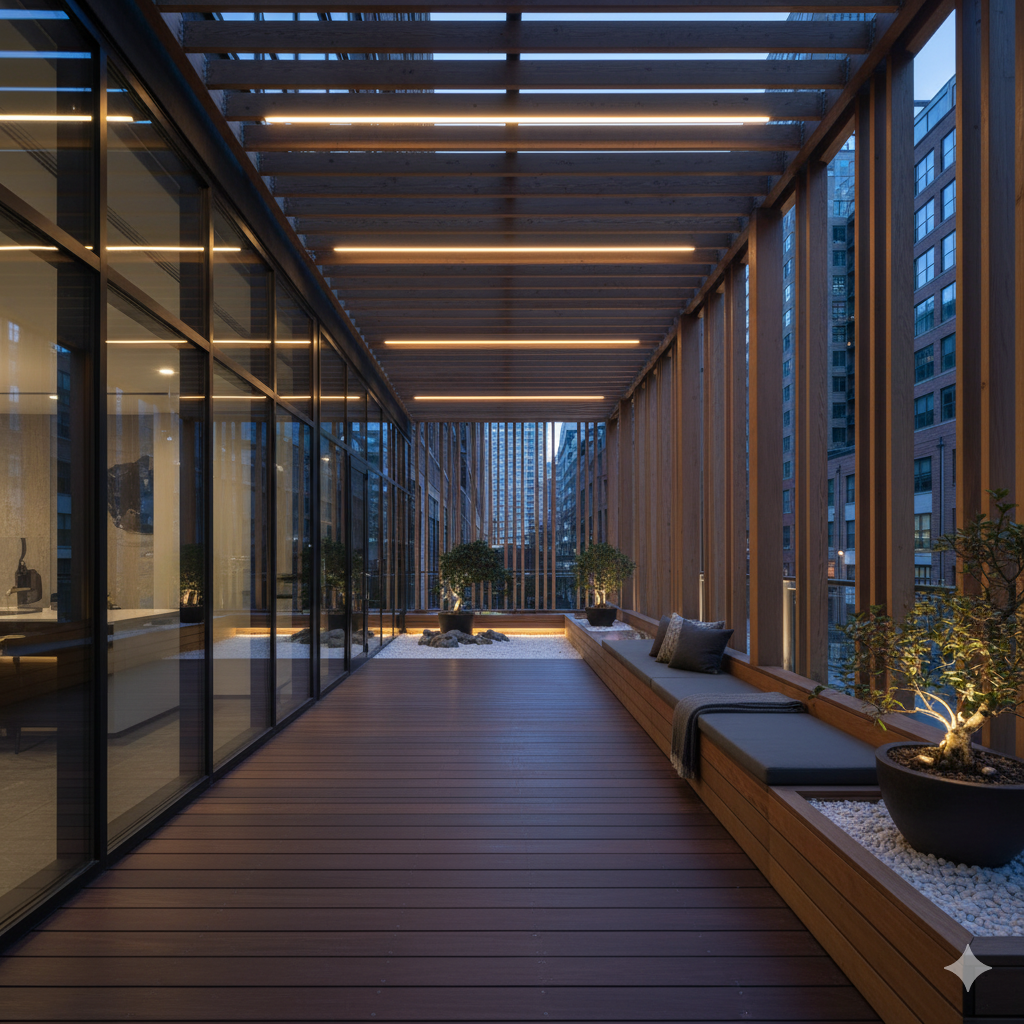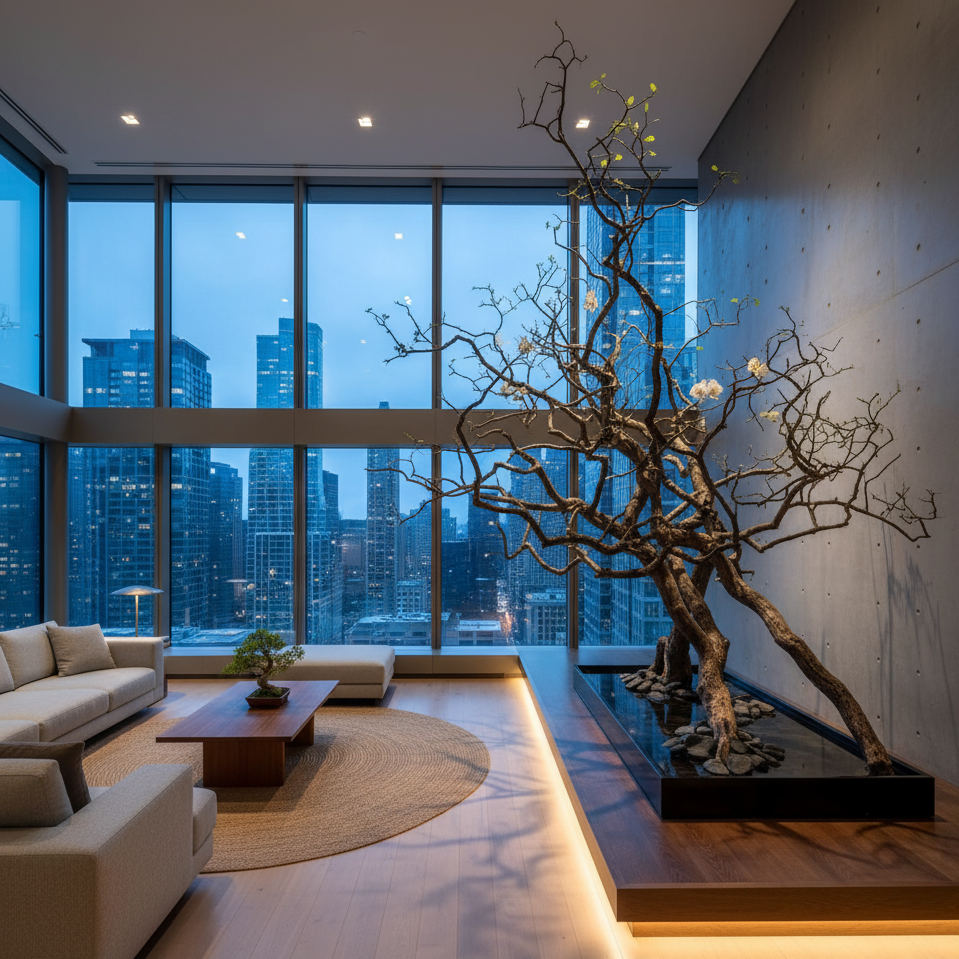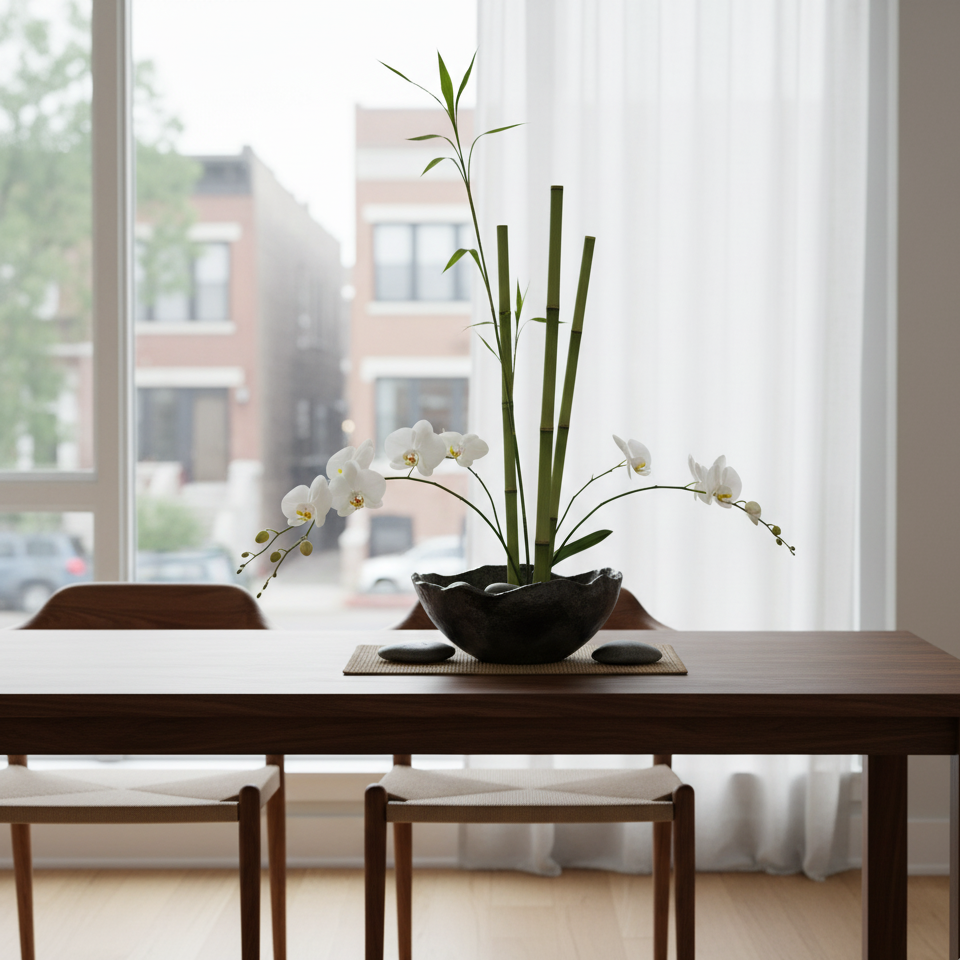Harmony at Home: What Japanese Design Can Teach Chicago Homeowners
Architecture and design are not just aesthetic choices; they are the living record of a culture. Every line, material, and spatial decision carries the weight of centuries and even millennia or more of history, philosophy, and daily life. Homes, gardens, and buildings are shaped by the values, rituals, and priorities of the people who create them, evolving slowly over generations into forms that feel natural and inevitable.
In this sense, design is a language. It tells the story of a society: how it interacts with nature, how it balances community and privacy, how it honors impermanence or celebrates permanence. To understand a culture is to understand the spaces it builds, and to bring elements of that culture into our own homes is to invite that history, wisdom, and way of seeing the world into our daily lives.
Japanese design is one of the clearest examples of this principle in action. Every element; from the placement of a garden stone to the proportions of a room; reflects centuries of thought, ritual, and philosophy. It embodies values like simplicity, harmony, and respect for the natural world, all refined over thousands of years. Yet, despite its deep historical roots, it is not inaccessible. When thoughtfully interpreted, these ideas can inspire modern homes anywhere, including the bustling streets and historic neighborhoods of Chicago. This exploration is not about copying another culture, but about learning from its wisdom, understanding how space shapes life, and discovering ways to bring balance, intention, and beauty into our own everyday environments.1
1. Rain Chains (Kusari-doi) 鎖樋
Instead of standard downspouts, rain chains guide water from the roof into a basin or garden feature. They create a soothing sound and add sculptural beauty. In Chicago, they work especially well when paired with a rain barrel or small garden to manage heavy rainfall.
2. Shoji Screens or Sliding Doors
Even if you don’t go fully traditional, modern interpretations of 障子 shoji screens (with glass, linen, or wood) can divide open layouts while keeping spaces light and airy. Perfect for Chicago lofts or multi-use rooms.
3. Tatami-Style Rugs or Floor Mats
Traditional tatami mats aren’t always practical here, but 畳 tatami-inspired woven rugs or modular mats can give a nod to the Japanese aesthetic without needing full tatami flooring.
4. Soaking Tubs (Ofuro)
お風呂 (Ofuro) Compact, deep soaking tubs offer a spa-like experience in small bathrooms. Chicago homeowners with limited space love these because they maximize relaxation without needing a huge footprint.
5. Tokonoma-Inspired Alcoves
A 床の間 (toko no ma) is a recessed space in a Japanese home used to display art, flowers, or a scroll. In a Chicago setting, this could be as simple as a built-in niche with intentional decor or a rotating place to highlight meaningful objects.
6. Indoor Zen Gardens (dry garden)
A fun fact, It is not called a “Zen Garden” in Japanese but rather 枯山水 (karesansui) which is closer to a “dry garden”. These dry gardens can vary in design and aesthetics. From a small tabletop sand gardens pebble arrangements to elevate a small space will bring a calming ritual to modern homes. For bigger spaces, a corner with stones, moss, and plants can double as decor and meditation space.
7. Natural Materials
Bamboo blinds instead of heavy curtains.
Stone basins or sinks for bathrooms.
Wooden furniture with clean, low lines.
8. Engawa-Inspired Outdoor Spaces
In traditional Japanese homes, the 縁側 (engawa) is a covered wooden veranda. Chicago homeowners can adapt this by using simple decking, benches, or covered porches that connect indoor living to the yard or garden.
10. Ikebana & Natural Decor
Instead of cluttered shelves, one or two arrangements in the Japanese floral style 生け花 (ikebana) or natural pottery can transform a room.


